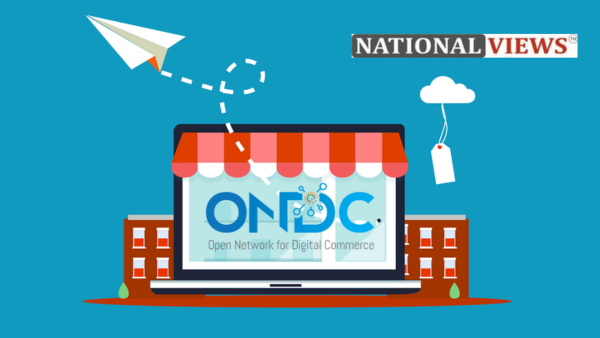The Indian government has already made significant progress in the digital realm and is now expanding its influence in the e-commerce sector. Open Network Digital Commerce ONDC, a name you might be familiar with, is generating a lot of debate in the market. Now, everyone seems to be curious whether this Digital Commerce initiative will disrupt the existing e-commerce landscape and become the next Unified Payments Interface (UPI).
Let’s delve into the viability of this government-backed product. Does it truly live up to its claims?
Before we explore its viability, let’s clarify the confusion around the term “open source.” Similar to how Android’s operating system is open source and can be utilized by various companies like Samsung, RealMe, or Nokia, Open Network Digital Commerce (ONDC) follows the same open-source principle. In contrast, Apple’s closed-source iOS restricts its usage to Apple alone.
Now that we have clarified this doubt, let’s understand how transactions work within the ONDC framework.
Imagine a scenario where a seller is registered on platform X, and a buyer is on platform Y. Despite the different platforms, transactions can still occur through the ONDC platform. For instance, millennials and Gen Z are using ONDC via Magicpin to order food from restaurants. You might wonder what sets ONDC apart when platforms like Zomato, Swiggy, Flipkart, and Amazon offer similar services. The government emphasizes that ONDC is a non-profit platform, enabling small-scale online retailers to join and sell their products at a nominal commission.
According to the government, ONDC aims to dismantle the monopoly and duopoly of large companies, allowing small businessmen to operate their businesses with low investment, transparent rules, and reduced costs. While giants like Amazon, Walmart, Tata, and Reliance have already established their own e-commerce platforms and invested in research and development, it remains uncertain how interested they will be in ONDC. However, Commerce Minister Piyush Goyal has made it clear that those who do not join now may regret it later. So, consider this as both an announcement and a warning.
Also Read: ONDC is Not a Threat to Zomato and Swiggy – Here’s the Calculation
Now, let’s take a closer look at Open Network Digital Commerce ONDC
If we set aside delivery price subsidies and seller incentives momentarily, where is the revolution that ONDC claims to bring to e-commerce? The primary outcome appears to be that restaurants will receive better deals. But then, both Swiggy and Zomato will reduce their commissions and strive to provide improved service. So, where does the disruption, which is extensively discussed, truly lie?
In the context of e-commerce, this discussion resembles a Third-front scenario. ONDC won’t replace dominant players like Amazon or Flipkart, akin to the prominent players in politics (BJP and Congress). However, it will undoubtedly enhance the bargaining power of customers, much like the Aam Aadmi Party (AAP) does in politics. That’s the essence of the Third-front discussion.
Furthermore,
While the government talks about disrupting e-commerce, it is essential to remember that online sales constitute only 7% of India’s total commerce. The real duopoly exists in government-regulated sectors such as transport and telecom, rather than e-commerce.
While we discuss democratizing e-commerce through online food delivery, we mustn’t overlook the fact that even today, 75% of internet users do not engage in online shopping. Additionally, out of the 100 million online sellers, only 5 million registered MSME (Micro, Small, and Medium Enterprises) firms are active in online selling.
Amazon has been providing its services even in rural areas of India since 2016-2017. Besides, Walmart-owned Myntra offers excellent exchange and return/refund services. Can ONDC deliver similar exceptional services nationwide, including logistics at that level? Or will it face challenges similar to SBI’s restricted lunchtime service (pun intended!)? Moreover, since ONDC is a government initiative, we hope it avoids getting stuck in a loop of delays and bureaucracy, akin to the famous dialogue “tareek pe tareek” from legal proceedings. If such a situation arises, the threat to ONDC will arise from within.
Despite the government’s trend of privatizing various sectors, including airports and well-established government-owned companies, it remains unclear why Government is suddenly so keen on governing E-commerce. Nevertheless, if the government has considered this initiative, it must have thoroughly thought it through. We eagerly await the day when ONDC enables a direct supply of a local shop in Tier 3 and Tier 4 cities to the entire area including the interiors.
However, the question remains whether ONDC can turn this into a reality.
Also Read: Amazon India Seller Fee Hike: How Will it Affect You?


